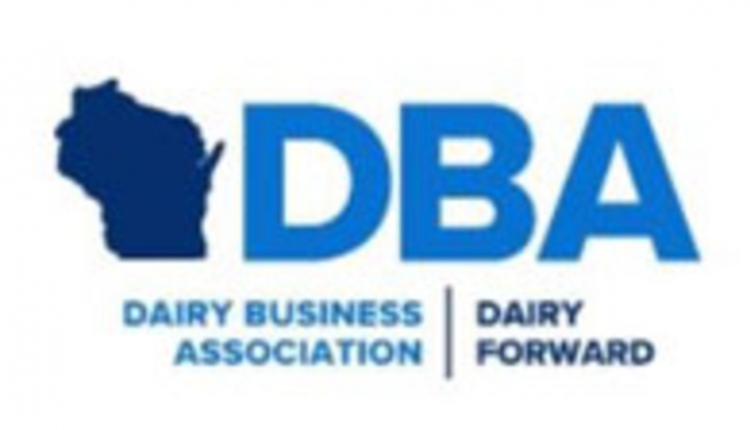
“Manufacturers don’t actually know what they will have to pay for your milk until federal orders deliver the monthly announcement of prices,” wrote Mark Stephenson in his April 10, 2022, article, “Why make allowances matter.” “Make allowances help assure there is a margin for processors between the price paid for milk and the revenue received from the product sale,” continued the University of Wisconsin dairy economist.
However, the federal order make allowances do not guarantee a profit to processors. “If processors cannot function within make allowances, they have four choices: control their costs, lower their premiums paid, depool their milk and no longer be subjected to regulated minimum prides, or go out of business,” shared Stephenson in that same article.
Durkin testifies before Congress
When all is said and done, make allowances play a major role in milk pricing. That’s one of the reasons Mike Durkin, president and CEO of Leprino Foods Company talked about the matter at the June 22 House Agriculture Committee hearing, “A 2022 Review of the Farm Bill: Dairy Provisions.”
“The current ad hoc cost study program and price formula updating mechanism does not serve the needs of today's U.S. dairy industry. In the first place, cost studies are conducted very infrequently at the federal level,” shared Durkin.
“There have only been two national cost studies since 2000, the one for the mid-2000s hearing and a recently completed survey in 2021 that is already out of date because the data is based on 2018 to 2020 costs, before the supply chain issues and inflationary surge that has occurred in 2021 and 2022,” he further added. “As a result, the 15-year-old make allowances do not reflect the cost of manufacturing today's finished dairy products.”
There’s a second issue.
“Because participation in these cost studies is currently voluntary, just over a third of the plants eligible to submit data for the most recent cost survey chose to do so,” shared the cheesemaker. “That means the cost information collected may not accurately reflect the true cost of producing products at different size plants and in various regions of the country. Increasing the participation rate in future studies will yield data that better reflects current economic conditions and has more credibility among various industry stakeholders,” he went on to say.
“Congress can improve the current situation by directing USDA to conduct regular cost of processing studies to enable regular make allowance updates,” Durkin shared of a potential solution. “In addition, Congress should direct USDA to collect cost information from any dairy processing plant that already provides pricing data under the Dairy Product Mandatory Reporting Program for the four products contained in current pricing formulas. This will ensure the resulting cost information reflects plants of different sizes and in different regions of the country.”








